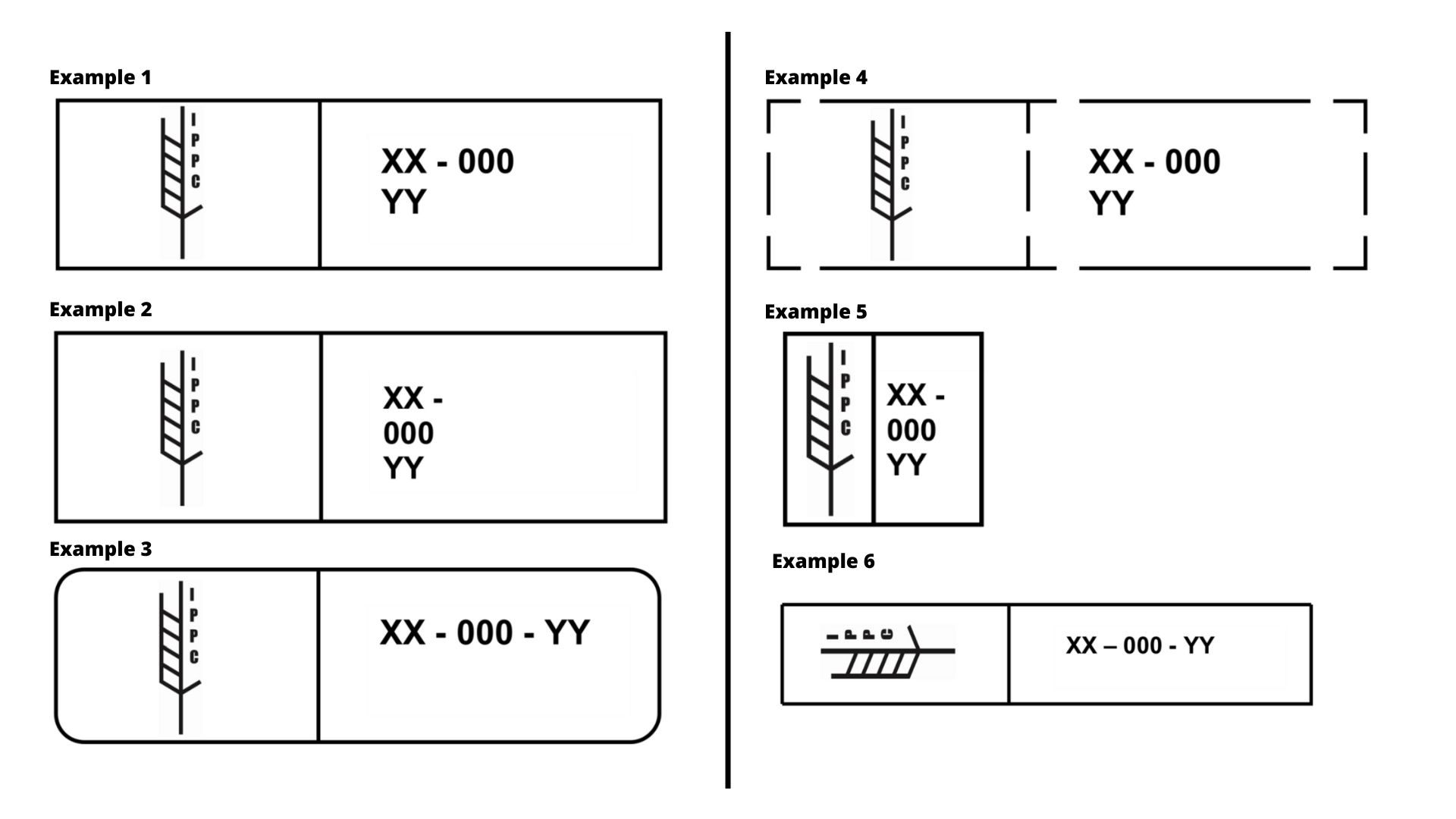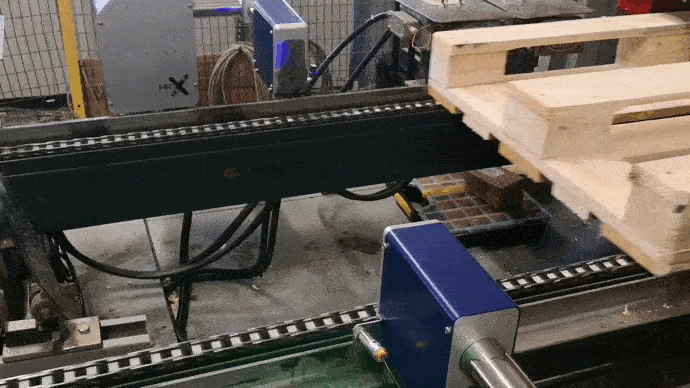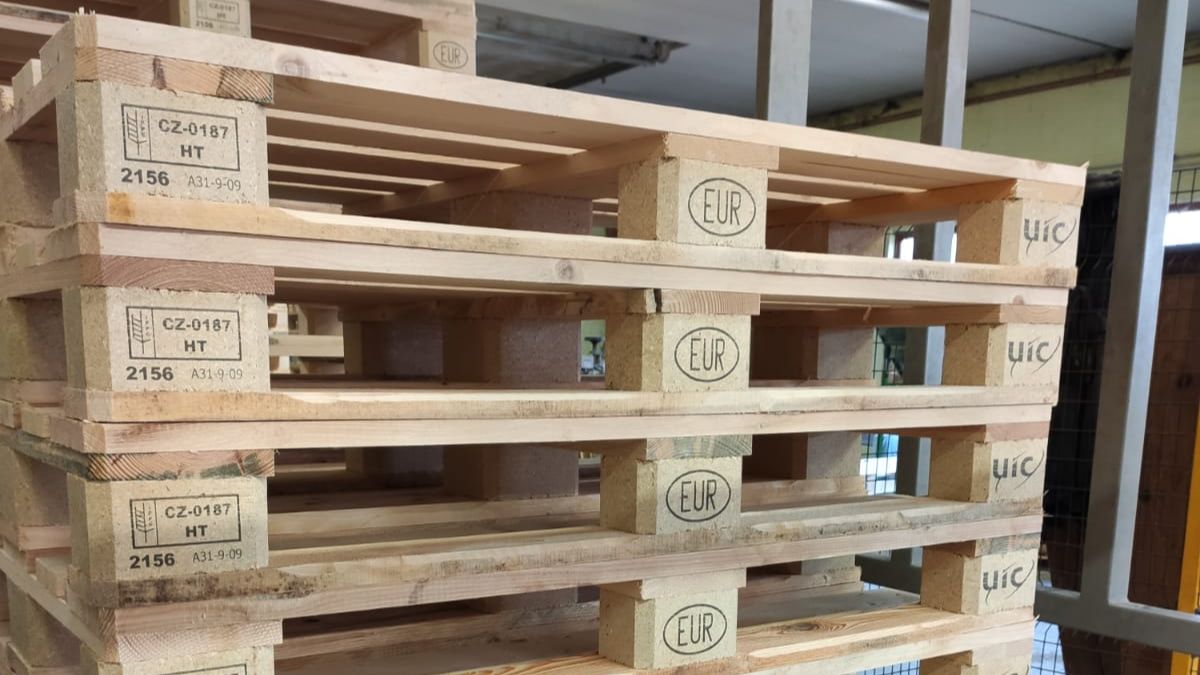What is EPAL and why is it so important?
EPAL, which stands for European Pallet Association, is an international non-profit organization founded in 1991 that is responsible for establishing and promoting standards for the production and repair of wooden pallets used in logistics and freight transport.
The importance of EPAL relies on 3 crucial aspects:
1.- Quality standards: EPAL establishes technical and quality criteria for the manufacture and repair of wooden pallets. These standards ensure that pallets meet specific strength, durability and safety requirements, which contributes to efficiency and safety in the supply chain.
2.- Uniformity and compatibility: EPAL has established a single standard for wooden pallets in Europe, known as the "EPAL pallet". This means that all EPAL pallets are interchangeable and compatible with each other, which facilitates the movement of goods and logistics at European and international level.
3.- Certification and quality mark: EPAL is responsible for issuing the "EPAL" quality mark on wooden pallets that meet the established standards. This mark guarantees that the pallets have been manufactured or repaired in accordance with the quality and safety criteria defined by the organization.
Any company that treats or marks on pallets should be certified by EPAL, as is the case with United Barcode Systems.
"EPAL certifies and approves United Barcode Systems as a supplier of pallet coding worldwide."
What is the treating of wooden pallets? What do pallet marks mean?
Treating on wooden pallets is a technical process of marking designs, patterns, logos or any type of image on the surface of the wood pallet.
This treating process is not only carried out with the aim of personalizing the wood of the pallets used in the transport and logistics of goods, but also with the aim of complying with international phytosanitary legislation and standards.
According to FAO (Food and Agriculture Organization of the United Nations) a pallet must necessarily include the following marks:
-
IPPC Symbol
-
ISO Country Code (“XX”)
-
Code of the producer or supplier of the treatment assigned by the NPPO (“000”)
- Treatment code: There are several, depending on the process it has undergone (“YY”)
- HT: For heat treatment
- DH: For dielectric heating
- MB: For methyl bromide
- SF: For sulfuryl fluoride
Here are some examples of how the message, with which wooden pallets are treated, should look like:

Source: ISPM 15. Regulation of wood packaging material in international trade. FAO
Advantages and disadvantages of pallet treatment methods
In this table we briefly explain each of the characteristics compared between the different methods that currently exist for treating a wooden pallet:
| Feature/ Method |
Iron Marking |
Laser coding |
Inkjet direct coding |
|
Production line stoppages |
High ❌
Requires stops to change wedges and keep them sharp. |
Low ➖
No maintenance stops required, although for engraving different designs, parts and settings may need to be changed. |
Minimal ✔️
No downtime required to change tools, only ink refill, which increases production exponentially. |
| Pollution emitted |
Medium ❌
Emits a medium amount of pollution, mainly smoke and burnt wood particles. |
Low ❌
Emits low amount of pollution, mainly gases and fine particles. |
Minimal ✔️
Emits a minimal amount of pollution, as UBS inks are 100% mineral oil free. |
| Power consumption |
High ❌
High electrical consumption, as a mechanical system is used. |
Medium ➖
Medium/high electrical consumption due to the use of high power lasers. |
Low ✔️
Low electrical consumption, similar to that of a conventional printer. |
| Printing tones |
Limited ❌
Limited print shades, generally limited to dark shades. |
Medium ➖
Few print shades, including dark and light shades. |
Broad ✔️
Wide print shades, variable depending on the ink savings the customer wants to realize. |
| Speed and rate |
Medium ➖
Medium speed and rate due to the need for manual handling and wedge change. |
High ✔️
High speed and rate, since engraving is performed quickly and accurately with laser action. |
High ✔️
High speed and rate, similar to that of a conventional inkjet printer. |
Examples of wooden pallets treated with Inkjet printers
Once the production line is set up with our High Resolution Inkjet printers, the process is as simple as you can see in this animated video. The pallet runs through the production line and is treated in seconds, with no pollution, no production stops and low power consumption.
Wooden pallet on production line being treated

And this is what the final result of treating on a wooden pallet looks like, once it has been treated and stacked with others:
Wooden pallet treated and stacked


